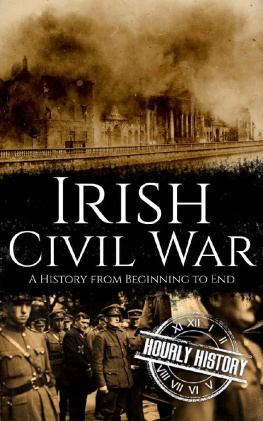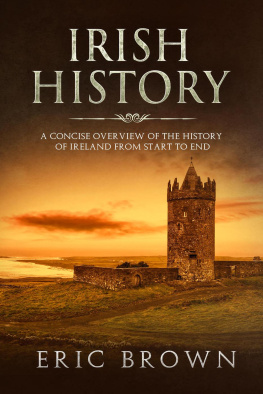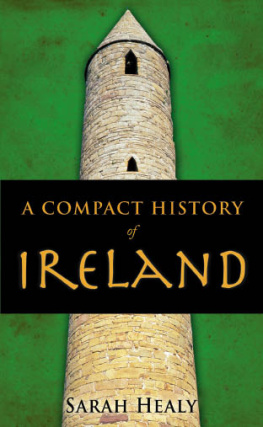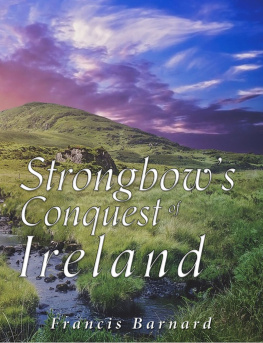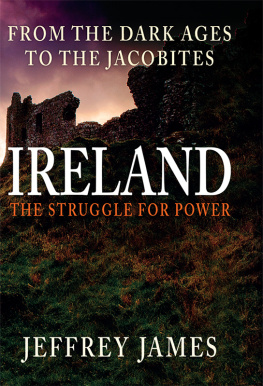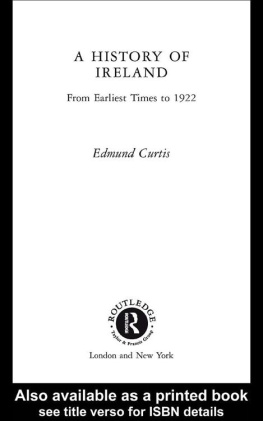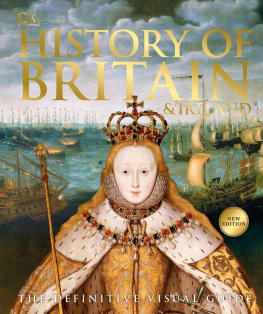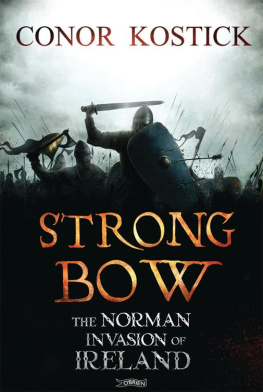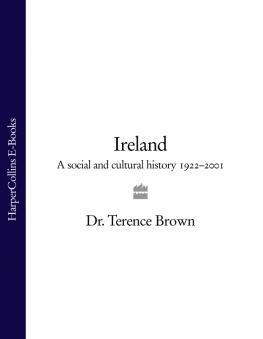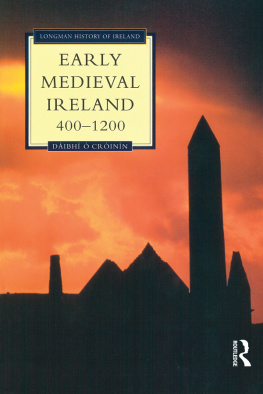Contents
Guide


First published in Great Britain in 2021 by
John Donald, an imprint of Birlinn Ltd
West Newington House
10 Newington Road
Edinburgh
EH9 1QS
www.birlinn.co.uk
ISBN: 978 1 78885 480 1
Copyright Richard Lomas 2021
The right of Richard Lomas to be identified as the author of this work has been asserted by him in accordance with the Copyright, Designs and Patents Act, 1988
All rights reserved. No part of this publication may be reproduced, stored, or transmitted in any form, or by any means, electronic, mechanical or photocopying, recording or otherwise, without the express written permission of the publisher.
British Library Cataloguing-in-Publication Data
A catalogue record for this book is available on request from the British Library
Typeset by Biblichor Ltd, Edinburgh
Printed and bound in Malta by Gutenberg Press
Contents
Plates
Foreword
It is with pleasure that I write this foreword to Richard Lomass book on a critical time in Irish history. Critical not only for the country as a whole but especially for my ancestor, Dermot MacMurrough, or as he was known in Middle Irish, Diarmait Mac Murchada. It is clear that he was a man prepared to commit acts of violence and take risks to further his ambition to be High King of Ireland, but we know from his other actions in promoting church reform that he was a moderniser who, had he accomplished his mission, may well have aimed at making the High Kingship less Irish and more European in style. I am pleased to give Dick Lomas my enthusiastic support, including access to my family records which alas are few for his period, the early papers having been deposited in Dublin and lost in the Four Courts fire in 1916. I am equally pleased to become reacquainted with my ancestor, and wish the book every success.
Andrew MacMurrough Kavanagh
Preface
T urning points in history only become so when what they begin endures. By this obvious definition, Ireland has experienced three such moments. The earliest was the change from paganism to Christianity. It was a phase in the westward spread of this new religion following its adoption and promotion by the Roman Emperor Constantine I (31237) and, with one exception, his successors. Their motives may not be entirely clear, but a perception of the advantages that could arise from alliance with an effective empire-wide network would, I believe, have been paramount. The change to Christianity in Ireland is particularly associated with two fifth-century foreign missionaries: Palladius, a Gaul, commissioned by Pope Celestine I (d. 432); and St Patrick (d. 461), a Briton, who was probably from the western end of Hadrians Wall in what is now northern England. The third turning point was, of course, the achievement of Irish independence in 1922.
But it was the second that marked the onset of Irelands entanglement with England (or, after 1707, Great Britain) an entanglement that has taken many different forms and has been sustained, with varying degrees of intensity, until the present day. This second turning point began in the late 1160s with the alliance of two men. One was Irish: Diarmait Mac Murchada, King of Leinster (Irish = Laigin), a province comprising roughly the south-eastern quarter of Ireland. The other was an Anglo-Norman: Richard Fitz Gilbert de Clare, known then and ever since as Strongbow. Both were men on a mission: Diarmait to recover his kingdom, from which he had been driven out by Irish opponents, and Strongbow to gain lands and a title, having previously been deprived of both.
Their alliance was rewarded with success. Diarmait did recover Leinster, but did not live long enough to truly enjoy his restored kingship. This prize, though not the title, went to Strongbow, from whom it descended to his son-in-law, William Marshal, a remarkable man who had an indelible effect on both Ireland and England. The safekeeping of Leinster then passed successively in turn to his sons, until the family failed in the male line in 1245.
The area Strongbow and his family ruled was not the entire kingdom of Leinster, but only that part allocated to them by the kings of England, who intervened to devise and impose arrangements acceptable and convenient to themselves. What Strongbow and his descendants possessed was the liberty of Leinster. It comprised the modern counties of Carlow, Kildare, Kilkenny and Wexford, and parts of Offaly and Laois. What they were denied was Dublin and its county, which remained under royal control and included what became Co. Wicklow in the early seventeenth century.
The word liberty may seem incongruous in this context, yet it encapsulates a concept with which we are all familiar: a franchise. A medieval liberty was a designated area in which some, but not all, of the functions of government were devolved by the crown upon an individual or institution, which then exercised them while retaining whatever profit accrued. Kings found them a useful and convenient way of governing a distant or troublesome province. The concept of the liberty was not new, nor was it unique to Ireland. There were several in England, the most durable being the Palatinate of Durham, a liberty ruled by the bishop of Durham.
The limits of time and space created by the liberty of Leinster provide me with a convenient context in which to explore the processes of conquest, migration, settlement and the introduction of alien social, economic and ecclesiastical forms and practices. This will be the substance of this book. All aspects of the subject have been researched at considerable length and depth since the publication of Goddard Henry Orpens four-volume work Ireland under the Normans, now reissued as a single volume with an introduction by Sean Duffy (Dublin, 2005). His work is, and will continue to be, the foundation of and the starting point for scholars in future research. To the expanding body of knowledge on this subject has been added an artistic dimension in needlework and music: the Ros Tapestry. This splendid work has been produced in fifteen panels over many years by a group of women from the south-east of Ireland and beyond. The Ros Tapestry Suite is a musical work inspired by it, and together they tell the story of Strongbows intrusive arrival in Ireland in 1170 just as their famous counterpart in France, the Bayeux Tapestry, told the story of the invasion of England by William, duke of Normandy, in 1066.
The events in England in 1066 are a reminder that what happened in Ireland just over one hundred years later should not be seen as an in-house affair involving only the lands of the Atlantic archipelago. The men who came to Ireland after 1169 came from England and Wales, but were not basically English nor Welsh. Rather they were Anglo and Cambro-Normans, albeit one or two generations from their true homeland. In their invasion of Ireland they were in fact the latest participants in a remarkable phenomenon: the outspread in the eleventh and twelfth centuries of people from a very distinctive part of north-west France, who took control not only of these Atlantic islands but also created states in Italy and the Holy Land. In doing so, they achieved a wide dispersion of the French language which remained a distinguishing mark among the European elite until the twentieth century.


